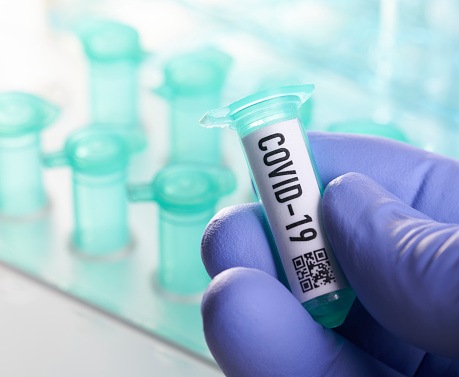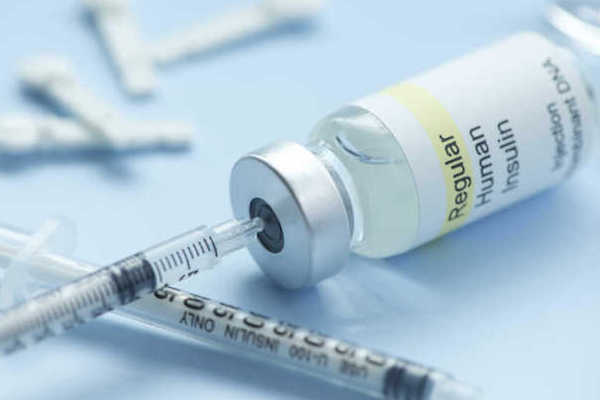A new paper took a closer look at outcomes in COVID-19 patients treated with angiotensin-converting enzyme (ACE) inhibitors and angiotensin II receptor blockers (ARBs).
The authors started by noting that early in the pandemic, research had identified membrane-bound angiotensin-converting enzyme 2 (ACE2) as a functional receptor for gaining entry into host cells. Studies showed elevated mortality rates from COVID-19 in patients with hypertension, diabetes, and coronary heart disease, raising concern that patients taking these drugs were at heightened risk.
“These concerns largely stemmed from the possible upregulation of ACE2 expression by these medications, although literature exists to both support and refute this notion,” the authors wrote in the paper, published in Circulation: Cardiovascular Quality and Outcomes. “Whether a differential impact of ACE inhibitors compared with ARBs on outcomes in COVID-19 exists remains uncertain.”
To this end, the researchers examined the differences, if any on hospital admissions, need for intensive care unit (ICU) services, and need for mechanical ventilation. The authors conducted a retrospective cohort analysis of observations, IRB-approved registry of all patients tested for COVID-19 in the Cleveland Clinic Health System between the beginning of March and early May 2020. They extracted data on baseline characteristics, medications, test results, use of ACE inhibitors or ARBs, and outcomes (excluding patients taking both ARBs and ACE inhibitors). The primary study outcome was head-to-head comparison of the incidence of sever disease process assessed by hospital admission, ICU admission, and requirement for mechanical ventilation in those COVID-19 patients who were taking either ACE inhibitors or ARBs.
The study cohort included more than 39,000 patients (51% male, 72% white). Among all tested patients, 3,094 were taking ACE inhibitors and 2,277 were taking ARBs. Following overlap propensity score weighting, the test positivity rate was 7.0% in those taking ACE inhibitors and 7.4% in those taking ARBs (OR=0.95; 95% CI, 0.77 to 1.17).
“The study did not show a difference in the rates of hospitalization, ICU admission, and need for mechanical ventilation between patients taking ACE inhibitors vs. ARBs,” the authors wrote. “Although both classes of medications act on the renin-angiotensin-aldosterone system, their mechanisms of action differ.”
They added: “It is also increasingly becoming clear that patients with severe COVID-19 experience coagulopathy with increased thromboembolic events. This raises a question regarding the possible differential effects of the two agents in patients with severe COVID-19. The differential effects of ACE inhibitors and ARBs on bradykinin levels via their interaction with the PKK system may be another driver of their differential outcomes in COVID-19 patients.”
Credit: Original article published here.









